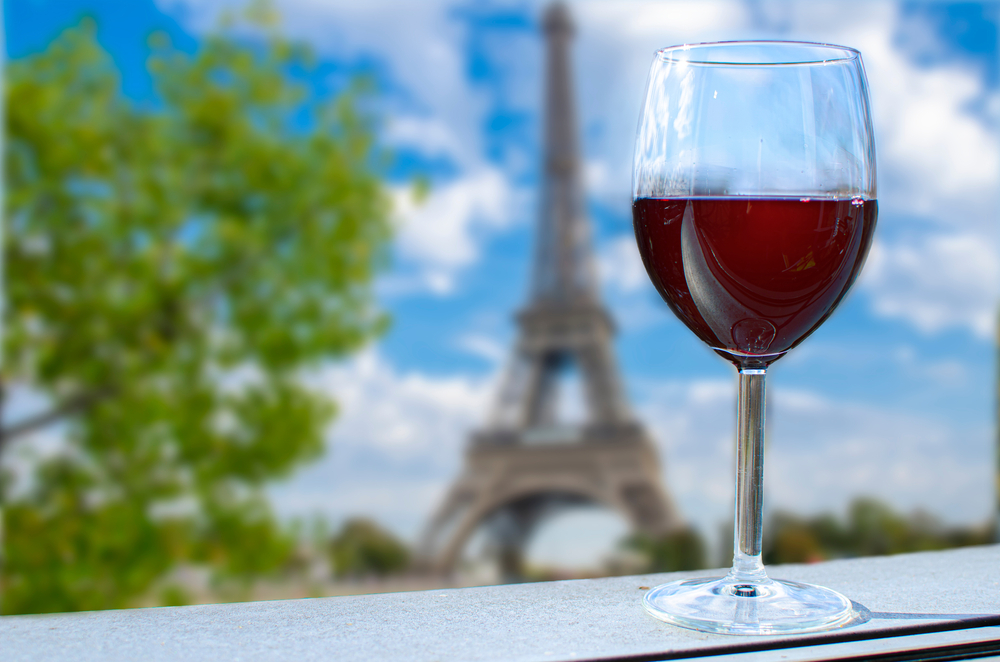The Clos du Buttes Bergeyre is among a family of ten city-owned vineyards dotting Paris — small urban parcels found in some well-known parks. A nod to Paris’ 17th-century past as a winemaking hub, these lots have recently been reintroduced to educate city dwellers on the art of winemaking.
But they’ve mostly stayed a secret, because the wine produced in Paris is not for sale. The majority is government-owned, so the wineries are open only during city-organized outings.
Until now, only certain regions, such as Bordeaux, Champagne and Bourgogne, could sell wine. In 2016, however, a regulation extended the right to do so. But Paris wines still cannot be sold to markets amid the threat of urban pollution and its effect on the grape fare.
In October, at the Fete de la Vigne, wine tastings are held, and visitors learn about winegrowing and attend in guided tours. Some vineyards are also open for the Fetes des Jardins in September.
In the early 17th century, Paris’ trade boasted thousands of winegrowers who tended 420 square kilometers of vines around the city.
But the mid-19th century saw a series of epidemics ravage vineyards in Europe. When merchants sought to replant their vines, available land had been parceled for other uses. By the end of the 20th century, not one vineyard remained in Paris.
This changed in the early 1930s, when the 1,556-square-meter Clos Montmartre opened. The yearly four-day October soiree and auction is organized by a brotherhood that parades the streets in wine-red robes.
The tiny Clos des Morillons grows atop a once-active 18th-century vineyard. One of its 2009 Entries received an award honoring the top fare from Île-de-France.
In Paris’ trendy Belleville district exists a small producer called the Clos de Belleville, which has a fabled wine-growing history. Further south is the Clos de Bercy, which makes 350 bottles of Sauvignon and Chardonnay. Bercy Village was the center of Parisian wine commerce in the 1800s.
After visiting the tiny Butte Bergeyre district, oenologist Irene Henriques took me to the cellar, the Clos du Buttes Bergeyre, wherein the wine is bottled and produced (to the tune of about 100 bottles a year).
While observing the room, with its Pinot Noir, Chardonnay and Muscat, I noted the enthusiasm oenologist Irene Henriques has for winemaking – to produce a yearly few bottles of wine that cannot be sold.
As she eyed the collection of Buttes Bergeyre fare, she mused that Paris was once noted for its vineyards, adding that oenologists like herself seek to keep the tradition alive.







